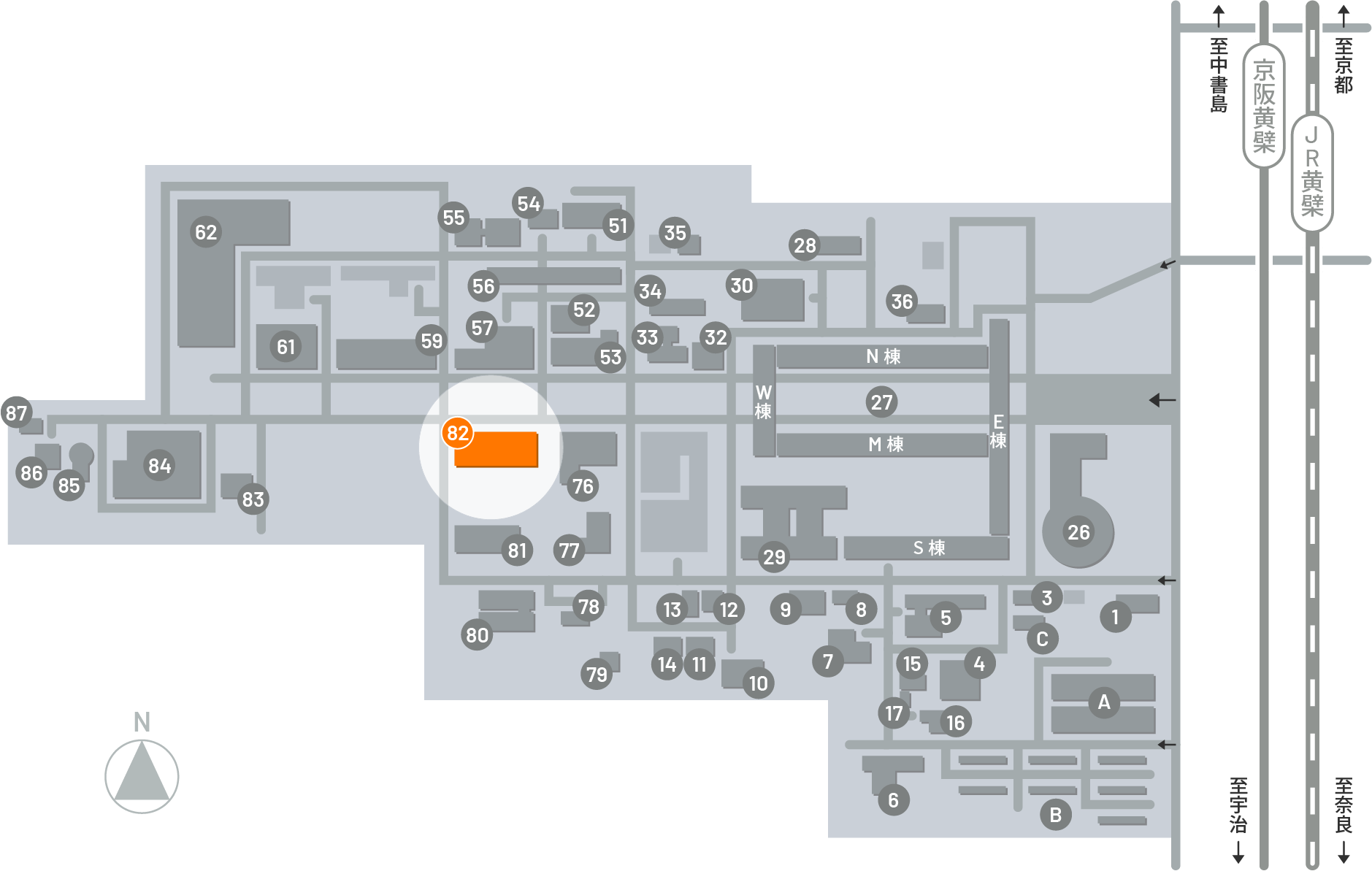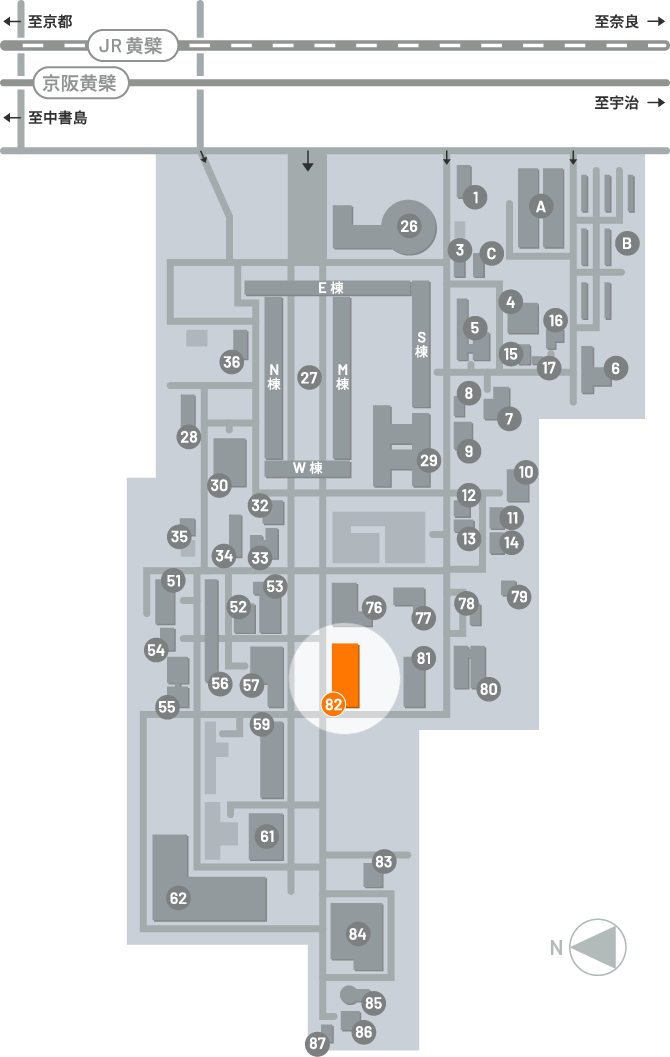Impact Test Device
Impact tests can be performed using an air cannon. An object that can be put into a circular tube with an inner diameter of 100 mm is injected and collided with a test specimen. A square piece of wood weighing 3 kg can accelerate up to 75 m/s. In addition, it is equipped with a pressure loading device and can repeatedly apply pressure up to ±2500Pa to panels up to 900mm x 1100mm in size. Impact resistance performance test for glass and exterior materials (based on ASTM E1886-04, E1996-04, ISO 16932, JIS R 3109)
Boundary layer wind tunnel laboratory
Kyoto University,Other Research,Companies, etc.
Device Use
Persons proficient in using the machinery are preferred.
Usage shall be for one day. For details, please contact the person in charge of the device.
A joint research agreement must be signed (Prior consultation is possible before applying for a public offering)
Please check the shared use facilities page of the Kyoto University Disaster Prevention Research Institute.
http://www.dpri.kyoto-u.ac.jp/shared/
Research Division of Atmospheric and Hydrospheric Disasters. Takashi Maruyama
MAIL
maruyama.takashi.8w*kyoto-u.ac.jp
※Please change 「*」 to 「@」 and send.

